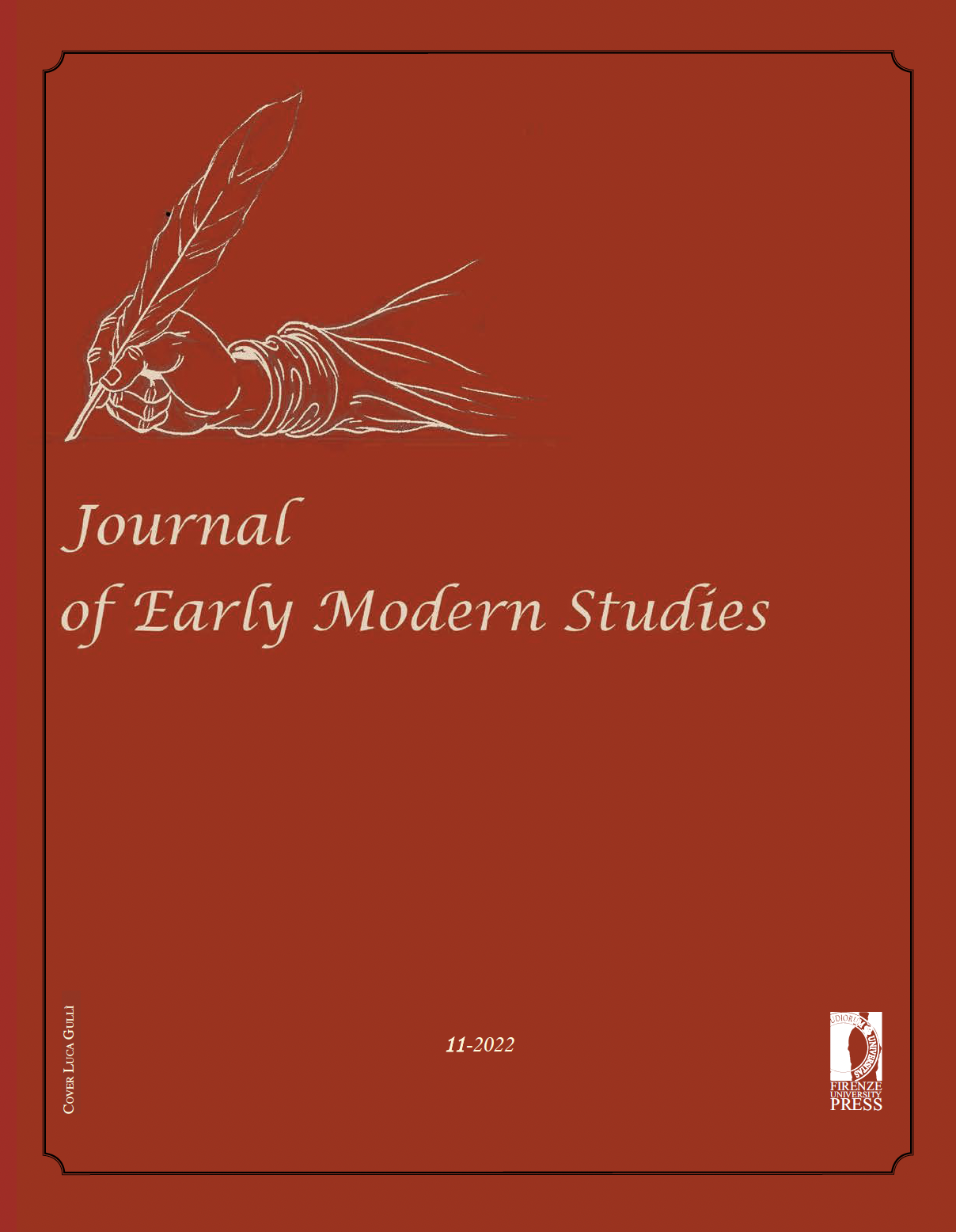Published 2022-03-24
Keywords
- Early Joyce,
- Genetics of Writing,
- Hamlet and Shakespeare,
- Narrative in Dialogue,
- Perception Text
- Ulysses ...More
How to Cite
Abstract
The present essay pursues a genetic trajectory through Joyce’s oeuvre from early 1903 to the end of 1918, that is from his epiphanies through Stephen Hero and A Portrait of the Artist as a Young Man to the beginnings of Ulysses in its initial Telemachus episode and its twin early Hamlet chapter that became Scylla & Charybdis, ninth of the novel’s eighteen episodes. The focus in this is directed in particular on the emergence of Joyce’s dialogue poetics through his sustained engagement with Shakespeare’s work and his art. When in 1912, in Trieste, Joyce immersed himself in the study of Shakespeare and Hamlet towards a series of lectures he had been invited to give, his approach appears to have been guided by the author-to-author question: ‘How does he / How did he do it?’ The question is suitably adaptable to a critical analysis of the emergence of Joyce’s poetics of narrative during the creativity span this essay covers. Joyce’s oeuvre over these years was progressively generated through ever writing text from texts, a constant interplay of perception texts and new original writing. The mode of narrative in dialogue his texts develop both in open scenic exchanges and in silent reflections stimulates, too, for it demands, the reader’s dialogic involvement.


